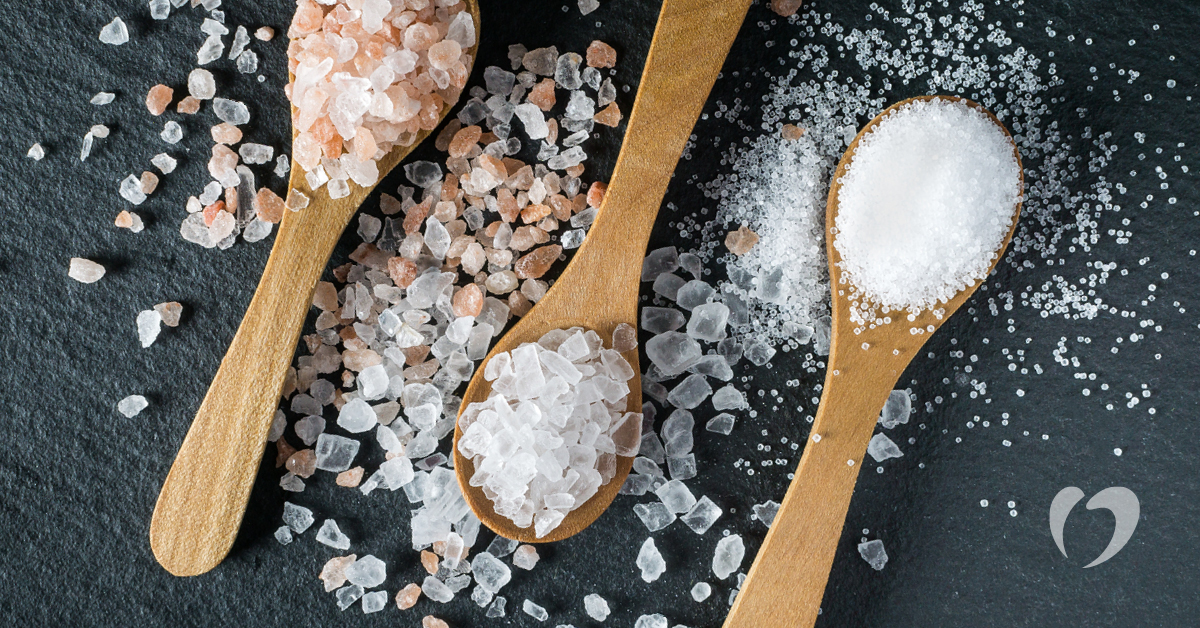Tips for Reducing Sodium Intake

Salt used to be a rare commodity. But in our current world, we’re more likely to get too much salt than not enough.
High levels of sodium are a direct cause of high blood pressure. When you eat salt, the higher levels in your bloodstream will pull water into the blood, which increases the volume of your blood and the pressure your blood vessels are under. Over time this can lead to heart disease, plaque buildup, and other cardiovascular issues.
Reducing your sodium intake is one of the best ways to take care of your health. There are several easy ways to do that.
Read labels
Processed foods are almost always higher in sodium than non-processed foods. You can limit your salt intake by cutting back on processed foods. If you are going to eat them, though, read the labels to check sodium levels per serving. The total milligrams of sodium per serving is the number to watch, not the percentage of daily intake listed.
The American Heart Association has a list of foods they call the “Salty Six” which tend to have more salt than many people expect. These include cold cuts and other deli and cured meats plus pizza, soup, bread, chicken, and Tex-Mex staples like burritos and tacos.
For a reduced sodium diet, you should aim for at most 1,500 milligrams per day of sodium, and usually no more than 600 milligrams in a single meal. You’ll get a little bit through natural foods, but most of your intake is going to be through processed foods, eating out, or cooking with too much salt at home. Checking labels and menus will help you stay under the recommended daily amount.
Watch your portions
Being aware of portion size is one of the most important factors for healthy eating, whether you’re watching your sodium intake or other nutrient levels. When reading labels on processed or packaged food, be sure to note the serving size and how many milligrams of sodium are in each serving.
Increasing your intake of raw vegetables, fresh fruit, and other natural foods while reducing the portion size of any foods high in sodium can help balance your diet as well.
Make your own food
Restaurant and processed foods tend to be heavy on salt because it’s an easy way to make food taste good. Making food taste good with lower salt isn’t impossible, but it does take a little more effort and creativity. Instead of automatically reaching for the salt shaker, try using more fresh or dried herbs, spices, onions, garlic, citrus, or other flavor aids that don’t affect your sodium intake.
Beware of sauces and premixed spices too. Soy sauce, Worcestershire, taco seasoning, and other common seasoning blends can be very high in sodium for a small amount.
As a general rule of thumb, eating fresher foods that spoil quickly and preparing them yourself is the best way to avoid extra sodium. If you want to learn more, the American Heart Association has some great recipes and articles that can help you cook flavorful meals without as much added salt.
Talk to your Oklahoma Heart Hospital physician today to find out more about how you can lower your salt intake and moderate your blood pressure.
